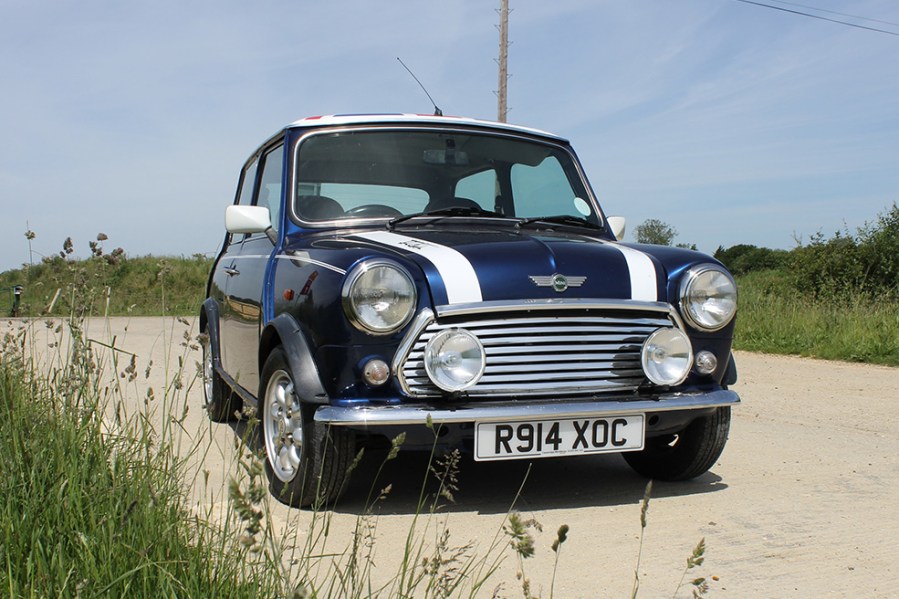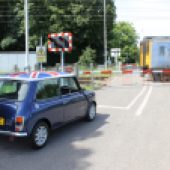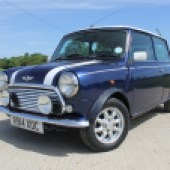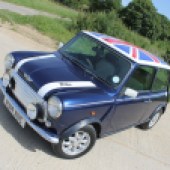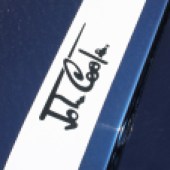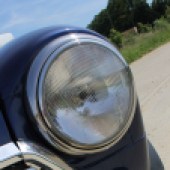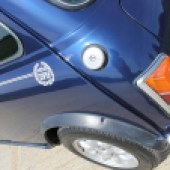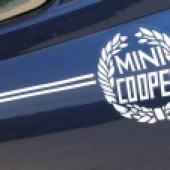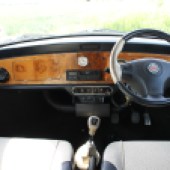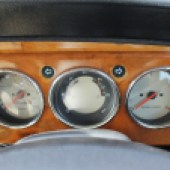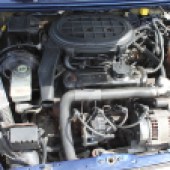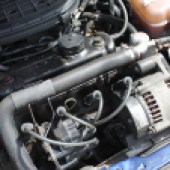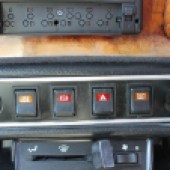The Mk7 Mini was collectable from the outset – but these revised classics can still be troublesome. Here’s what to look for
With the earliest Minis now commanding serious money – particularly those sporting the sought-after Cooper badge on the bonnet – it’s worth considering the variants built during the 1990s if you’d prefer something offering better value. Minis from this era can often be bought for a fraction of the price of a top-notch 1960s example, and a wealth of specialists remain on hand to supply parts and support should anything go awry.
The Mini’s resurgence in the 1990s has its origins in the previous decade, when John Cooper approached Austin Rover management with a proposal to relaunch the Mini Cooper name. Although the idea was rejected, Cooper pressed on regardless, developing aftermarket tuning kits for the Mini and effectively sparking a new chapter in its story.
By 1986, Austin Rover had been reshaped into the leaner, more upmarket Rover Group, and the Mini’s future looked uncertain thanks to strong Metro sales. Despite this, the Mini’s familiar exterior had changed little, and although it was marketed as its own brand, its survival relied on a seemingly endless stream of special editions and catchy advertising. It reached its 30th anniversary in 1989, with John Cooper officially reinstated the following year when the limited-run RSP (Rover Special Products) Mini Cooper joined the range.
A light update then allowed the 1275cc engine to be installed on the production line, creating the Mk6 models – widely regarded as the first of the ‘Rover Minis’, with the Cooper becoming a regular production offering. The new models were warmly received and extended the Mini’s lifespan, while the 998cc A-Series engine was gradually phased out in favour of the Cooper’s 1275cc unit. The entry-level version was rebranded as the Mini Sprite, with the more luxurious Mayfair retaining its place at the top of the standard line-up.
The Mini’s renaissance was global, with Japan and Germany becoming two of its most enthusiastic markets in the 1990s. Sales in both countries soared, meaning overall Mini numbers were higher in the mid-90s than a decade earlier. Now under BMW ownership, the Rover Group benefited from BMW chief Bernd Pischetsrieder’s plans, which included keeping the Mini in production for the foreseeable future.
To build on this success, work soon began on an all-new Mini. In the meantime, BMW invested in improvements for the classic version, pushing it further upmarket; equipment levels rose, list prices increased, and production volumes were trimmed to reduce the costs of what had effectively become a hand-built car in an era dominated by automated manufacturing.
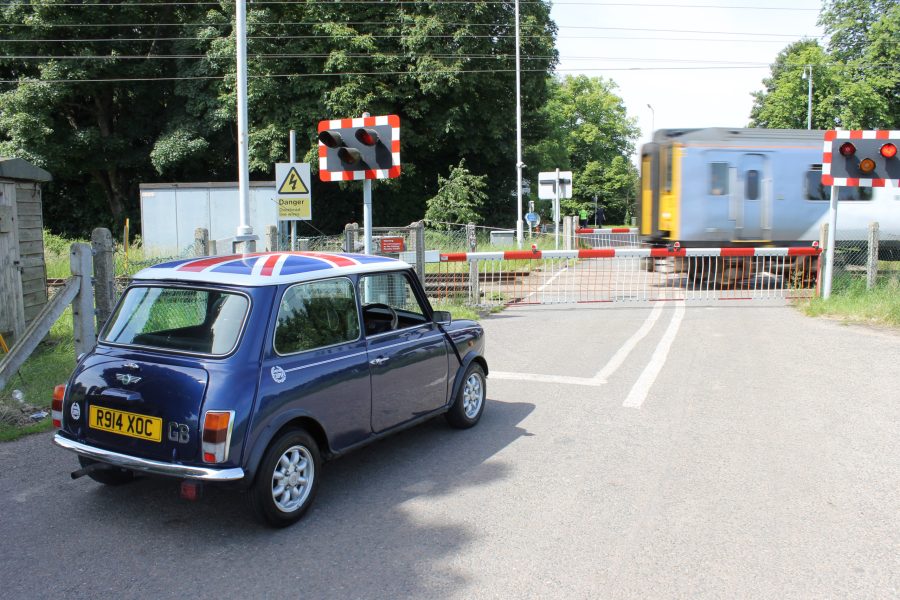
When the final Mk7 version arrived in 1996, annual production had fallen to around 16,000 units. The Mini built under BMW-controlled Rover was mechanically quite different from earlier iterations and came with a long list of optional extras. The heavily revised post-1996 cars rode on 13-inch wheels, and the trademark side-mounted radiator was replaced by a front-mounted unit to comply with updated drive-by noise regulations. A more effective heater and dual airbags were crammed into the compact cabin, while taller gearing made for a more relaxed driving experience. All Minis were by then powered by a 63bhp, twin-point fuel-injected 1275cc A-Series engine.
The curtain finally fell on the classic Mini on 4 October 2000, when the last of Issigonis’ creations rolled off the Longbridge line to the soundtrack of The Italian Job and enthusiastic applause from assembled workers, management and journalists. Now, more than two decades later, a 1990s Mini remains a highly appealing classic choice.
Rover Mini values
Rover Mini values have risen in recent years, particularly for examples that have been well maintained or extensively restored. They are no longer the bargains they once were, but within the classic Mini market they still represent good value, offering a blend of more modern performance and refinement alongside excellent parts availability.
Most special editions were largely cosmetic variants of the standard 1275cc Cooper-spec mechanicals, so they rarely carry a significant premium – and only really if all the model-specific features are present and correct. Exceptions include run-out models such as the Mini Classic Seven and the Mini Cooper Sport.
Standard 1.3i Coopers can be found for around £5000-£7000 in running condition, though careful inspection is needed to avoid ending up with a future money pit. A budget of £10,000-£12,000 would be safer for securing a decent, if unremarkable, example, while £15,000-£18,000 should bring a very tidy Cooper – perhaps with the Works or Sports pack, or a non-Cooper special edition in good condition with moderate mileage. The finest Rover-era Minis can command £20,000-£25,000.
Insurance Costs
1999 Rover Mini Cooper Sport, £10,000 value.
Example quote: £122.52 or £140.52 with Agreed Value.
Quotation supplied by Lancaster Insurance. Tel: 01480 400761
Quote based on a 45-year-old marketing manager, access to another car, no claims or convictions, club member, 3000 miles per year, no modifications, living in SP2 0HL. Disclaimer: Subject to underwriting criteria. An additional charge may be payable. Authorised and regulated by the Financial Conduct Authority.
Bodywork
The Mini has numerous weak points in its bodywork. Corrosion can seriously attack the leading edge of the front wings around both headlights, as well as along the curved front seam above the indicator lamps. Rust can also appear on the lower valance, inner wings, beneath the windscreen around the front scuttle, and at the top of each front wing. The lower section of the A-shaped panel at the trailing edge of the wing is a notorious rot hotspot, and the bottoms of the doors are prone to severe rusting.
At the rear, the Mini’s subframe is a well-known weak spot. Any corrosion in this area, or at the mounting points, will result in an immediate MoT failure. The sills, floor, rear wheelarches, and valance are all vulnerable to rust, as are the battery box and the edges of the boot floor.
Minis built during the BMW era are particularly prone to corrosion in all of the above areas, and even a brief glance beneath a well-preserved low-mileage car will often reveal patchy underseal application. Even if the exterior appears sound, always lift the carpets and inspect the front and rear floorpans for early signs of rust or damp, as leaks are common and can allow rot to take hold quickly.
Body panels and spare parts remain widely available for all Mini models, including those from the Rover/BMW period; however, as the body is a welded monocoque, professional repairs are costly despite the relative affordability of panels. Expect to spend in the region of at least £5000 to professionally repair and repaint a severely rusted Mini. Suppliers such as Rimmer Bros, MiniSport, and Moss Europe offer new body panels, and in addition to panels, they stock an almost exhaustive range of mechanical parts needed to restore a late Mini’s suspension, brakes, engine, and gearbox.
Engine and transmission
Although the Mini’s transversely mounted A-Plus engine is a robust and reliable unit, it doesn’t respond well to neglect or being thrashed excessively. As the gearbox is mounted in the sump, it’s crucial that the oil and filter have been changed regularly, so always check the car’s service history. Pull out the dipstick to inspect the level and condition of the oil; if it’s low, looks tired and smells strongly of fuel, then a change is long overdue.
On 1996-on models, the front-mounted radiator cools the engine far more effectively than the old side-mounted arrangement, which relied on warm air being drawn over the engine and expelled into the wheel arch. It’s essential, however, that the electric fan operates correctly when the engine reaches operating temperature.
The top end of the Mini’s A-Series engine can become noisy as mileage climbs, and timing chains on high-mileage examples may rattle at idle. Check beneath the oil filler cap for any trace of ‘mayonnaise’; a significant amount can suggest water has entered the oil due to prior overheating, potentially damaging the head gasket. While the cap is off, gently rev the engine and watch for blue smoke from the rocker box – a sign of worn valve seals or guides – while blue smoke from the dipstick tube points to worn piston rings or cylinder bores.
Mini gearboxes are loud by modern standards, and the familiar whine of the transfer gears is nothing to worry about. The Mk7 gearbox was slightly quieter, but weak synchromesh in second gear, or a loud whine across all ratios, indicates the box is past its prime. The clever AP automatic isn’t particularly smooth, and driving one takes some getting used to – they were rare on UK and European cars in the 1990s but common in Japan, and some of those have returned to the UK. Pull out the dipstick to check the fluid, which should be bright red and free of burnt odours.
When road-testing a Mini, find a spot where you can turn on full lock and listen for clunks from the front wheels. Regular ticking often indicates worn CV joints, but this is an easy fix for a home mechanic. Oil leaks are common, particularly from the driveshafts and where the gear lever enters the rear of the gearbox. These aren’t serious, and a suitable drip tray is a far cheaper solution than replacing worn seals.
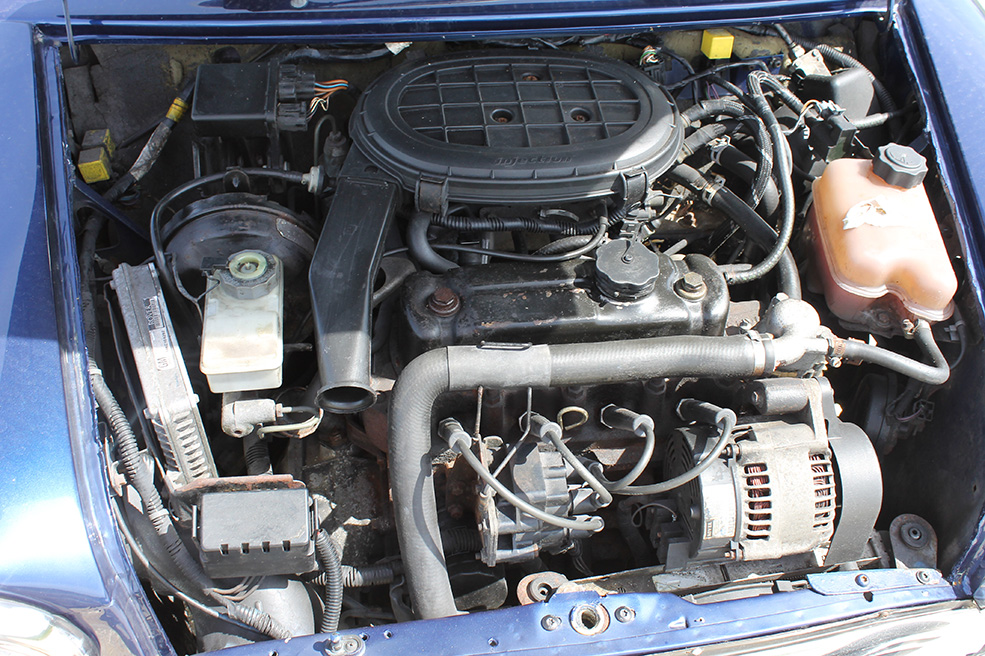
Suspension, steering and brakes
Minis from the period we’re covering use dry rubber cones for suspension, so there’s very little that can go wrong with this simple yet highly effective system. Rear suspension trumpets can suffer from corrosion and may collapse if neglected, but they’re relatively inexpensive and straightforward to replace. An overly harsh or jerky ride is usually caused by worn shock absorbers, which are again very easy and quick to swap.
Inspect the front tyres carefully for any unusual wear. The Mini is well known for losing its tracking quickly, and spirited driving will also wear the front tyres faster. Ensure that the same tyre brand is fitted to each axle, as different tread patterns can upset the Mini’s precise handling. Steering should feel direct and free from excessive play; a worn rack could be the culprit if there’s too much slack, while clunks over rough surfaces may be caused by worn front ball joints or other suspension components.
The Minis in question all have front discs and rear drums, and once more there’s little to go wrong. Make sure the car brakes in a straight line under hard stops, and check the condition of the front discs. Models built after 1988 were fitted with a brake servo.
Interior and trim
Mechanical parts for all Mini generations are generally straightforward to source, but interior trim can be tricky on later models due to the multitude of special and limited editions. Finding a late Mini with all its original trim intact can be challenging, as previous owners may have fitted aftermarket seats and matching door cards.
Check that obvious items, such as window winders, are functioning, and inspect the interior carefully on more luxurious models, as badly worn leather trim can be costly to replace. While online auction sites are often the easiest way to track down replacement trim, don’t overlook specialist classic trim suppliers such as Newton Commercial (newtoncomm.co.uk), who stock quality items for the Mk7 Mini, including new headlinings and door cards.
Fortunately, electrical faults are uncommon with late Minis, but be wary of dirty connections, immobiliser faults, and untidy aftermarket radio or speaker installations. As the Mini evolved through the 1990s, it gained more equipment, and later cars can show engine management warning lights caused by faulty catalytic converters or erratic lambda sensors. Other warning lamps to note include the airbag light, which will fail the MoT – though it may simply be a poor connection in the plug beneath the driver’s seat.

Rover Mini: our verdict
The Mk7 Mini may not be the most affordable Mini on the market, but it is the most refined, the most practical, and one of the most desirable generations – particularly in Cooper special edition guise.
Like any Mini, the Mk7 is a car that will instantly bring a smile to your face and attract admiration wherever it goes. That said, take care not to fall for a stolen clone: if the VIN appears tampered with or paperwork is missing, walk away. Inspect the bodywork thoroughly as well. A dishonest seller can make a worn car look pristine with a bit of cosmetic work, and with Mini values continuing to climb, the temptation is all too real.
MODEL TIMELINE
1996
Rover continues production of the Mini under its ownership, after acquiring the rights from British Leyland. Range includes the Classic, Mayfair, and Cooper, with minor updates to trim and interior.
1997
New interior trim and safety upgrades – including side-impact door bars – introduced.
1999
Rover celebrates Mini’s 40th birthday with limited editions including the Cooper Sport 40th Anniversary, complete with unique badging and interior details.
2001
Mini production ends after 5.38 million produced across all marques. R50 MINI production under BMW now underway.

